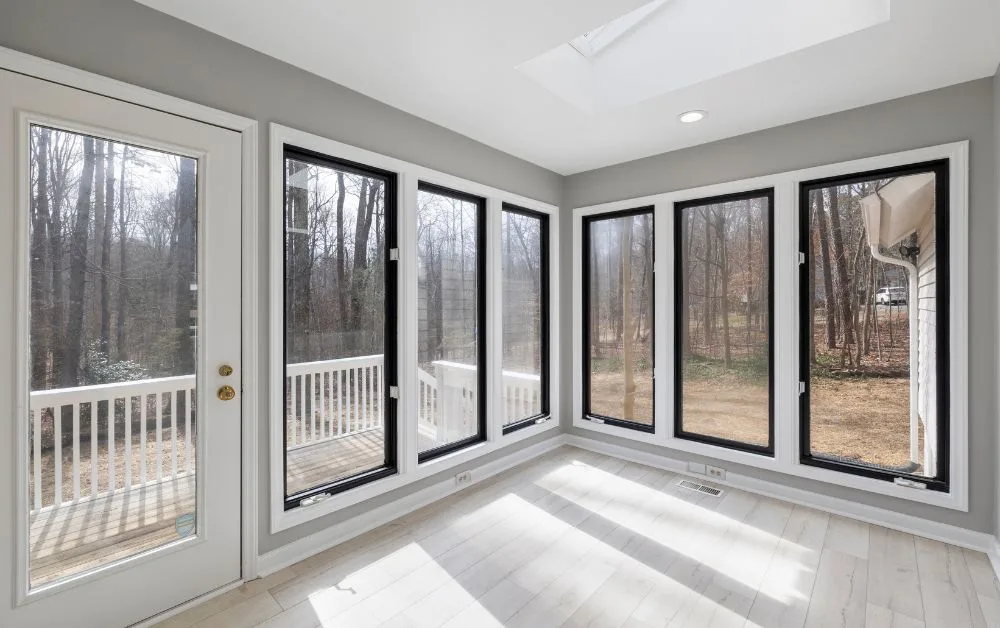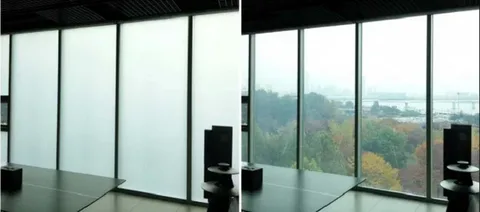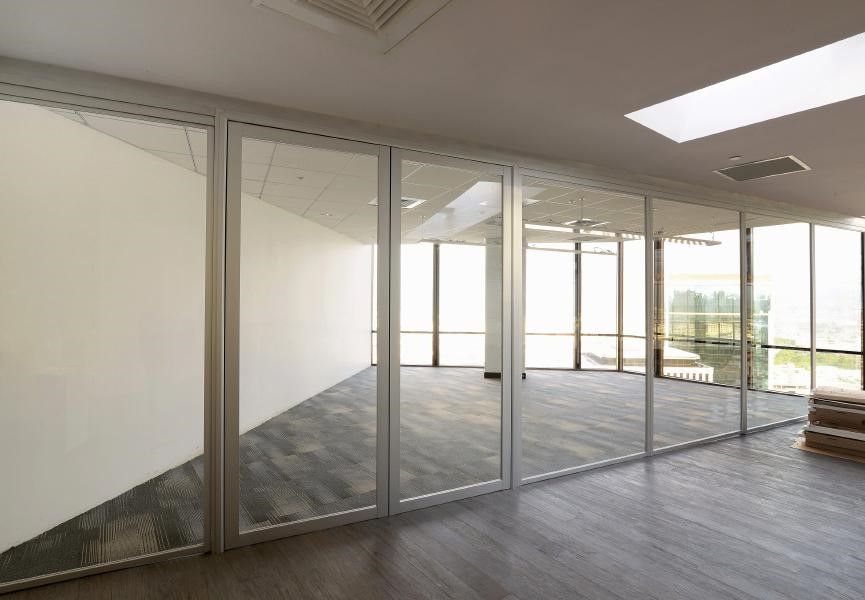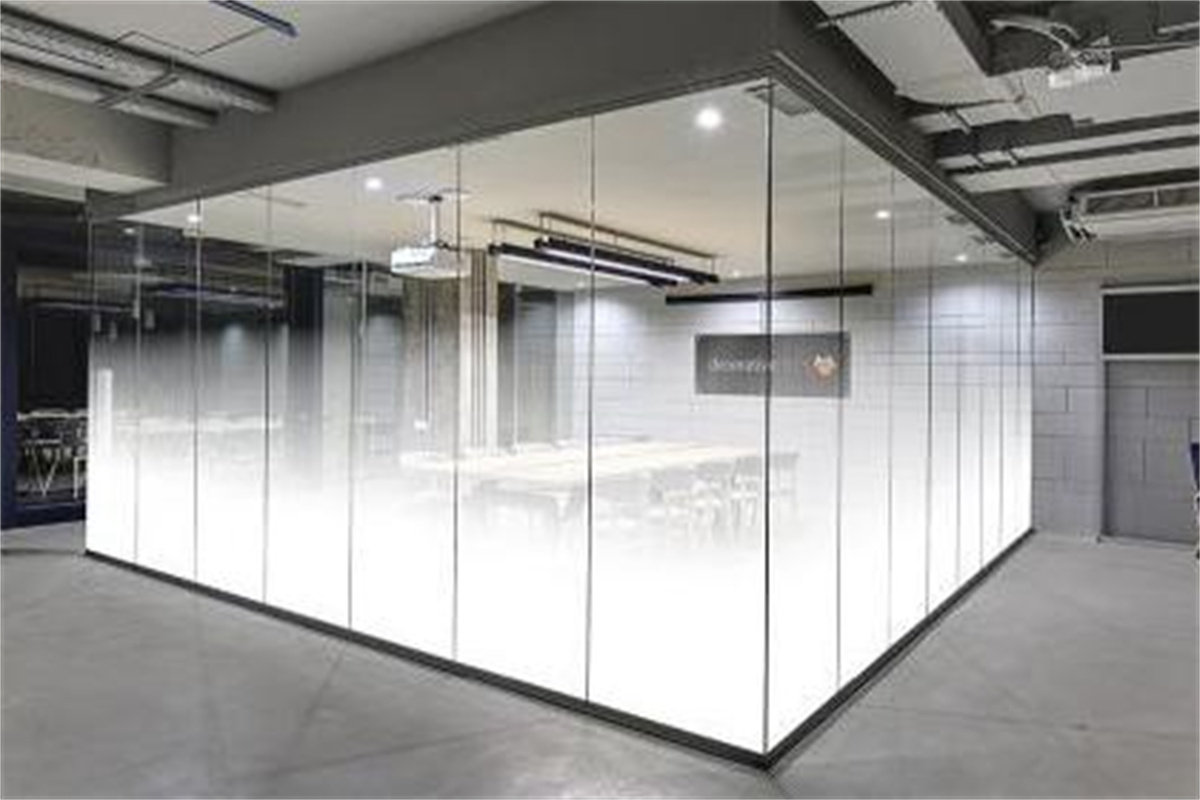Curtain walls and facades are more than just the pretty face of a building. In cities around the world, especially in places known for their impressive architecture like Dubai, these building elements play a crucial role. The best facades and curtain walls in Dubai not only make buildings look amazing but also serve important functions.
What Are Curtain Walls?
Imagine a thin outer layer that hangs on a building, like a curtain. That’s basically what a curtain wall is. It’s not part of the main structure that holds the building up. Instead, it’s a separate layer that covers the outside. This layer is usually made of glass, metal, or a mix of materials.
Key Functions of Curtain Walls
- Keep the Weather Out
One of the main jobs of a curtain wall is to protect the building from rain, wind, and extreme temperatures. It’s like a shield that keeps the inside comfortable no matter what’s happening outside. The best facades and curtain walls in Dubai are especially good at dealing with hot weather and sandstorms.
- Let Light In
Curtain walls often use a lot of glass. This lets natural light into the building. More sunlight means less need for electric lights during the day. This can help save energy and make the inside of the building feel more open and pleasant.
- Make Buildings Look Great
Curtain walls can make a building stand out. They can be designed in many different ways, with various colors, patterns, and textures. This helps give each building its own unique look. In places like Dubai, where architecture is a big deal, the best facades and curtain walls are often works of art in themselves.
- Help Save Energy
Modern curtain walls are designed to keep buildings warm in winter and cool in summer. They use special glass and materials that control how much heat gets in or out. This means lower energy bills due to lower electricity consumption on cooling and heating systems.
- Reduce Noise
In busy cities, curtain walls can help keep outside noise from getting inside. This is especially useful for office buildings or homes in noisy areas. The layers in the curtain wall act like a sound barrier.
Advantages of Curtain Walls
- Lightweight
Curtain walls are much lighter than traditional walls made of brick or concrete. This means the main structure of the building doesn’t have to be as strong to support them. It can lead to cost savings in construction.
- Quick to Install
Because curtain walls are often made in factories and then put together on-site, they can be installed faster than traditional walls. This can speed up construction time.
- Easy to Maintain
Many curtain wall systems are designed for easy cleaning and maintenance. This is important for tall buildings where it might be hard to reach the outside walls.
- Flexible Design
Architects love curtain walls because they offer so many design possibilities. They can create buildings with unique shapes and styles that wouldn’t be possible with traditional walls.
- Improved Safety
In areas prone to earthquakes, well-designed curtain walls can help make buildings safer. They can flex and move a bit during shaking, which helps prevent damage.
- Sustainable Options
Many modern curtain wall systems use recycled materials or can be recycled at the end of their life. This makes curtain walls a more eco-friendly choice for construction.
Curtain walls are a key feature in modern architecture, especially in cities known for innovative building design. They are appealing as well as functional, protecting buildings while also making them stand out. As building technology continues to advance, we can expect to see even more impressive and efficient curtain wall designs in the future, pushing the boundaries of what’s possible in architecture.





